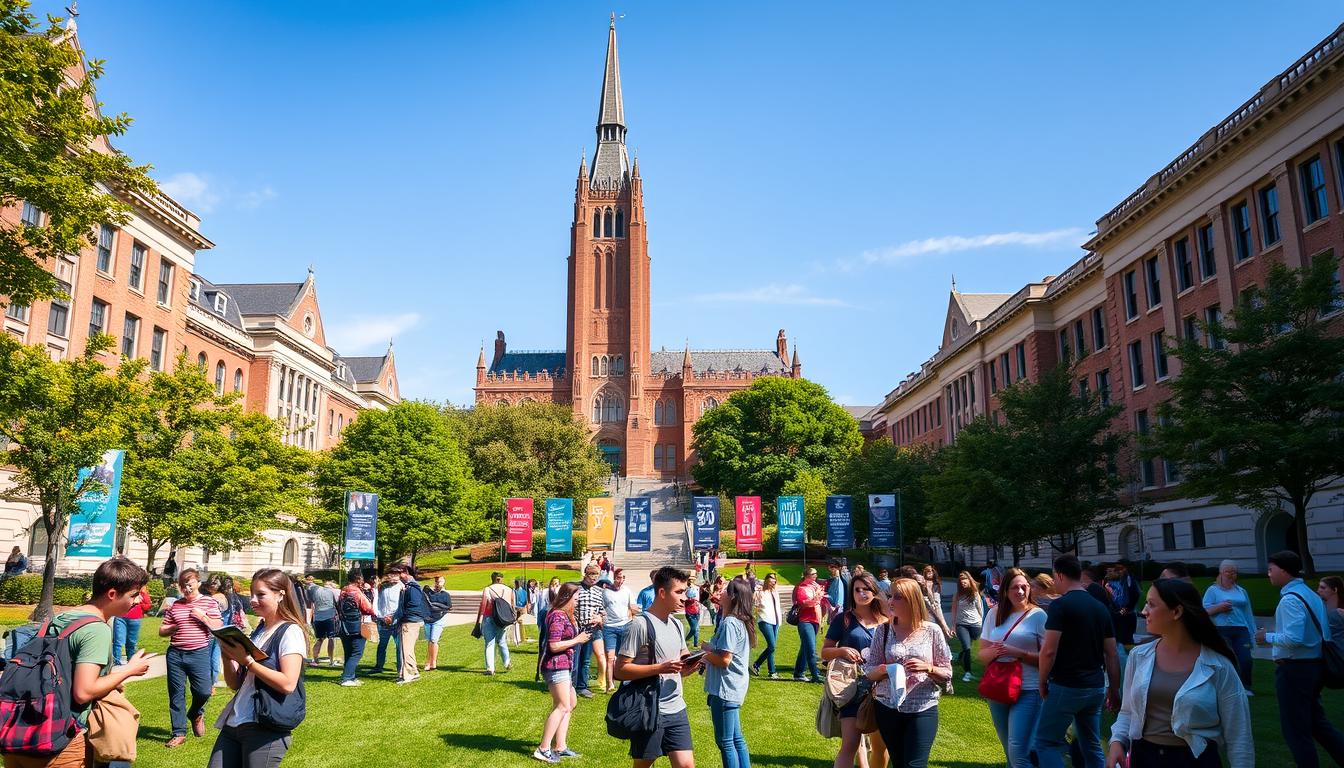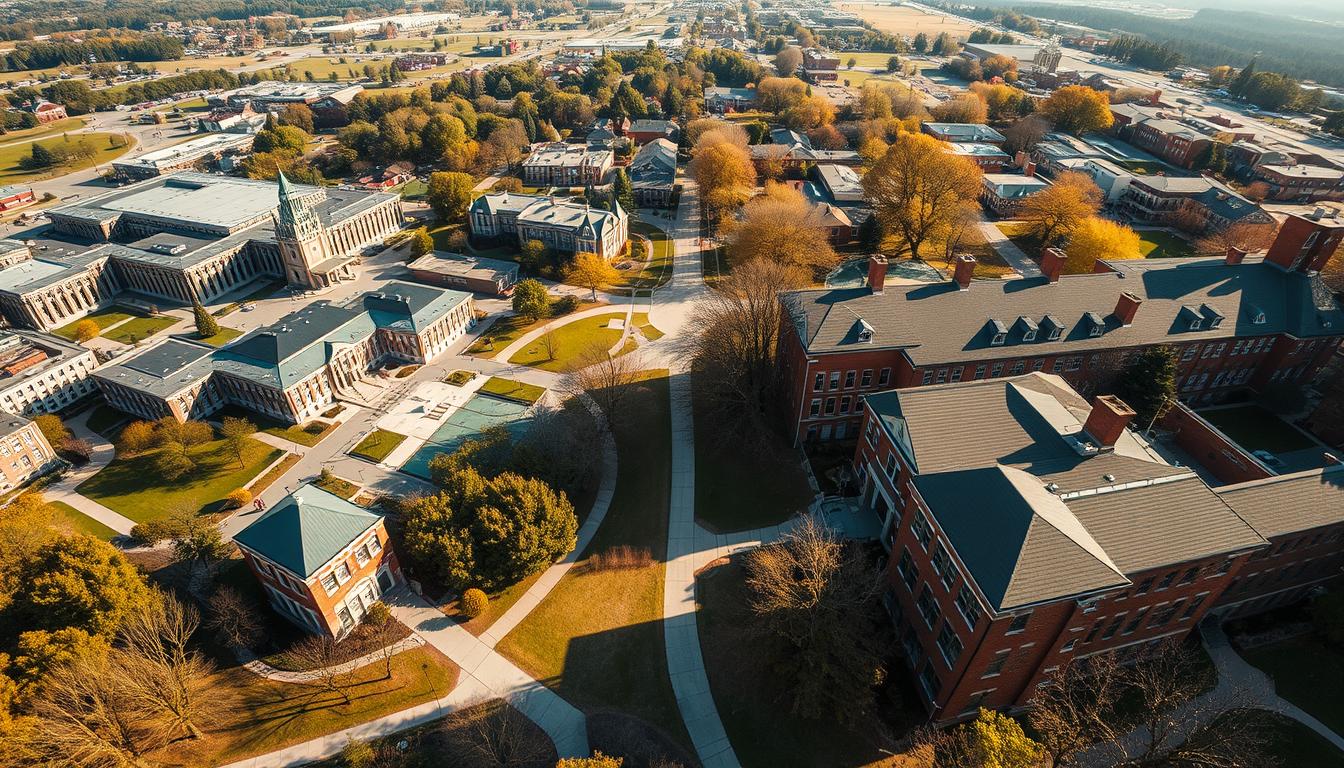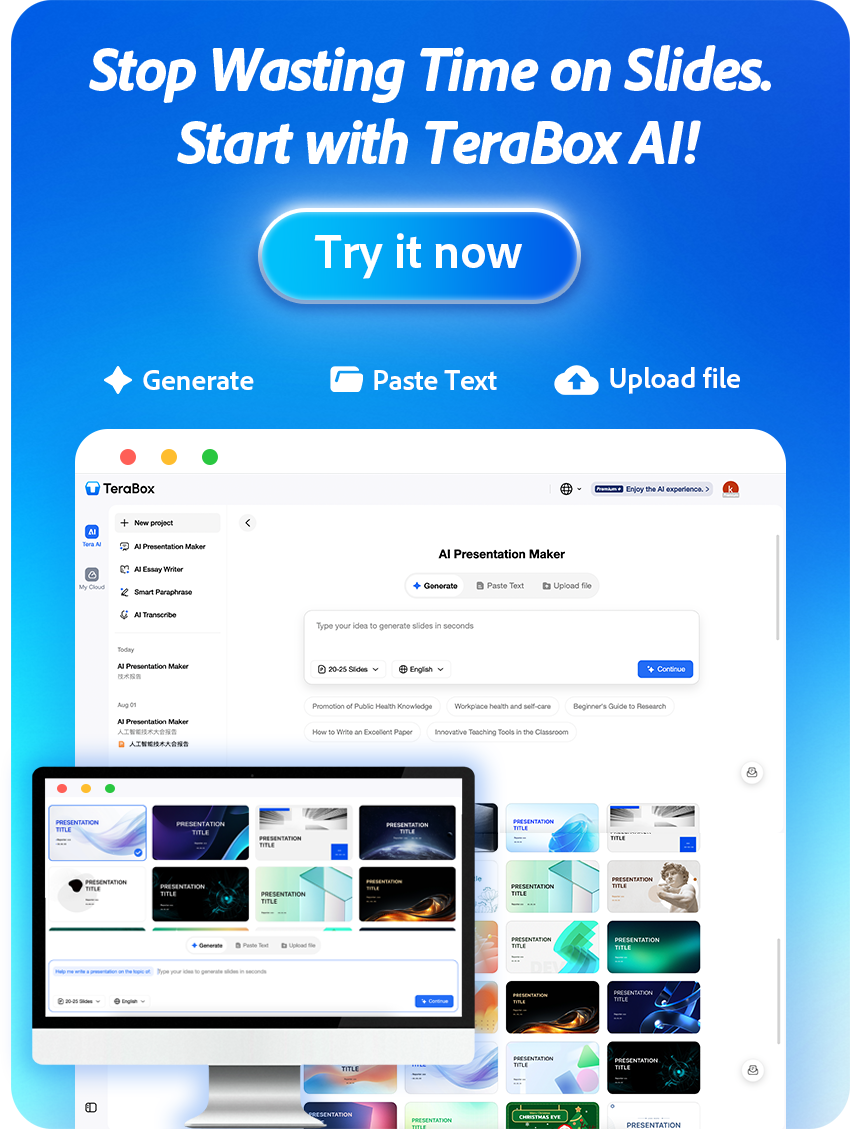Choosing between college and university is one of the first big decisions many students face after high school or during a transfer — and it’s often confusing. You may be weighing practical training at a local college against a broader academic pathway at a university, wondering which option best matches your learning style, budget, and career goals. This common dilemma — “Should I attend a college or a university?” — affects not only your education but your career prospects and the kind of lifestyle you’ll have while studying.
Understanding the difference between these institution types helps you make smarter choices about programs, degree paths, and campus life. For example, some colleges focus on career-ready diplomas and associate degrees that get students into the workforce quickly, while many universities offer bachelor and graduate programs that emphasize research and longer-term professional preparation. Knowing these distinctions will influence your course choices, the length of study, and your postgraduation opportunities.
In this guide you’ll get practical, actionable advice to simplify the decision process: clear definitions, a comparison of programs and costs, how campus life differs, admission tips, and a decision checklist you can use. Whether you’re a high school senior comparing options, a community college student planning a transfer, or a parent helping with the search, the sections ahead cover programs, campus life, costs, career outcomes, admissions, and how to choose the best fit for your goals.
Watch this short video overview to get a quick snapshot of the college vs university question:
College vs University: Definitions and Core Differences
Students often ask: what’s the real difference between college and university? In the United States, the terms overlap but generally describe distinct types of institutions. Colleges tend to focus on applied learning and career-ready training, offering shorter programs such as certificates and associate degrees that prepare students to enter the workforce quickly. Colleges can include community colleges and specialized schools (for example, a community college offering an ADN program).
Universities typically provide a broader spectrum of academic programs — bachelor’s, master’s, and doctoral degrees — and place greater emphasis on research, faculty scholarship, and graduate studies. Universities often have multiple schools or colleges on one campus (e.g., College of Arts & Sciences, School of Engineering) and more extensive research facilities and graduate programs.
- Common program types (quick guide): certificate → associate → bachelor → master → doctoral.
- Campus structure: colleges may be single-school institutions or two-year community colleges; universities are usually multi-school institutions with graduate programs and research centers.
- Typical focus: colleges = hands-on, vocational, and teaching-centered; universities = academic breadth, research, and graduate education.
Common misconceptions to clarify:
- College ≠ lower quality — many colleges offer excellent instruction and clear career pathways.
- Some colleges do offer bachelor degrees (for example, liberal arts colleges), while many community colleges focus on associate degrees and transfer pathways.
- “University” doesn’t automatically mean better for every student — it depends on program fit, career goals, and learning preferences.
Example: a community college may offer an associate degree in nursing and strong transfer agreements, while a state university may offer a BSN, graduate nursing programs, and research opportunities. If you’re unsure which path fits you, read the Academic Programs section next for a detailed comparison of programs and specializations.
Academic Programs in College vs University
When comparing academic programs at colleges and universities, focus on what you want to study, how deep you want to go, and how quickly you want to finish. Colleges commonly offer career-focused programs that emphasize hands-on training and shorter timelines—many college programs (certificates or associate degrees) take about 1–3 years and are designed to prepare students for specific jobs. Community college pathways are a common example: you can complete an associate credential and either enter the workforce or transfer to a four-year school.
University programs generally provide broader degree options and more opportunities for specialization and research. Typical university degrees include bachelor, master, and doctoral programs; a bachelor degree usually requires about four years of full-time study, with graduate degrees adding one to several additional years depending on the field. Universities offer liberal arts and professional programs across multiple schools or colleges on campus and often have graduate programs and research opportunities not available at many colleges.
Compare course content, teaching style, class size, and academic flexibility when evaluating programs:
- Course types: colleges offer applied courses, labs, apprenticeships, and technical training; universities offer lectures, seminars, capstone projects, and research-led coursework.
- Degrees & timing: certificates/technical diplomas (months to 1 year), associate degrees (1–3 years), bachelor degrees (~4 years), master degrees (1–3 years post-bachelor), doctoral degrees (3–7 years post-bachelor).
- Class size & teaching: colleges typically have smaller classes and more one-on-one instruction; universities may have large introductory lectures but small upper-level seminars and graduate supervision.
- Specialization & flexibility: universities often allow deeper specialization (majors, minors, research fields) and offer graduate programs; colleges may allow flexible entry, stackable credentials, and quicker workforce entry.
Example academic paths:
- Associate → Transfer: Start at a community college in an associate program (e.g., Associate in Science), then transfer to a university to finish a bachelor degree in the same field.
- Direct vocational route: Complete a 1–2 year diploma in culinary arts or technical trades at a college and enter the workforce immediately.
- Research/professional route: Enroll in a university bachelor program (4 years), continue to a master or doctoral program for professional or research careers.
Below is a sample comparison for common fields:
| Field of Study | College Programs | University Programs |
|---|---|---|
| Nursing | Associate Degree in Nursing (ADN) — 2 years; strong clinical labs | Bachelor of Science in Nursing (BSN) — ~4 years; options for graduate degrees and research |
| Culinary Arts | Culinary diploma/certificate — 6–18 months; intensive hands-on training | Bachelor’s in Culinary Management or Hospitality — 3–4 years; business and management courses |
| Engineering | Technical certificate or associate in engineering technology — 1–2 years; applied skills | Bachelor of Science in Engineering — ~4 years; advanced theory and pathways to graduate degrees |
| Graphic Design | Diploma in Graphic Design — 1–2 years; portfolio-focused studio work | Bachelor of Fine Arts (BFA) in Graphic Design — 3–4 years; deeper theory, critique, and research options |
Keep in mind that many colleges offer transfer agreements and articulation pathways with universities, and some liberal arts colleges grant bachelor degrees while still emphasizing small classes and close mentorship. When you evaluate programs, check whether colleges offer career placement and whether universities offer strong internship pipelines, graduate programs, or research opportunities that align with your goals. For next steps, visit program pages, review articulation agreements if you plan to transfer, and compare curricula and required courses side by side.

Campus Life: College vs University Experience
Campus life shapes much more than your schedule — it affects your friendships, networking, and day-to-day wellbeing. When comparing college and university experiences, think about social scale, available clubs and organizations, and the support systems you’ll rely on as a student.
1)Social environment: clubs, organizations, and networking differences.
Colleges often promote a close-knit, community-oriented atmosphere where students can more easily take leadership roles in clubs and form lasting connections. Typical college clubs are smaller, which can mean more responsibility for each student and quicker chances to run events or shape a group’s focus. Community colleges and small liberal arts schools, for example, frequently have active student government, arts groups, and career-focused clubs tailored to local industries.
Universities usually host a larger and more diverse club ecosystem — from niche academic societies to large cultural organizations and varsity athletics. That breadth creates more networking opportunities (student-run conferences, alumni chapters, industry panels), but you might need to search harder to find a tight community. For many students, joining a project team, research group, or specialized club is the key to building professional connections.
Student vignette: “At my community college I could start a design club and recruit peers easily — we ran workshops straight away. When I transferred to the university, there were dozens of groups, so I joined one focused on internships and met recruiters through events.”
2)Residential options and student support services in college vs university.
Housing and support services are important practical differences. Smaller colleges may offer limited on-campus housing options or focus on commuter-friendly services; dorms tend to emphasize communal living and close RA support. Large universities typically provide a wider range of residence types (first-year halls, themed living-learning communities, graduate housing) and often more robust campus services — mental health counseling, career centers, disability services, and large-scale health clinics.
Support services matter for student success: universities often have dedicated career offices, internship coordinators, and research advising; colleges may provide personalized academic advising and quicker access to faculty. If you need hands-on mentorship or frequent one-on-one advising, a smaller college environment can be advantageous. If you need specialized career placement, graduate counseling, or large employer recruitment events, a university may offer more options.
What to ask on a campus visit:
- How active are student clubs in my field (arts, tech, business)? How many members and events per semester?
- What housing options exist for first-years and for upperclass students?
- Where do students go for counseling, career help, and academic advising — and how quickly can you get an appointment?
- Are there formal connections with local employers for internships and co-ops?
Choosing between the college and university campus life comes down to which environment helps you thrive socially and academically. Consider whether you want a tight community where you can quickly take leadership roles, or a larger campus with a wider array of clubs, events, and institutional resources.

Costs and Financial Considerations: College vs University
Money is often the deciding factor for students and families. When comparing college and university options, look beyond the sticker price and calculate the net cost — tuition, mandatory fees, textbooks, transportation, and housing add up quickly. The ranges below are broad U.S. examples to help you compare options, but always confirm exact figures on an institution’s website or with its financial aid office.
Tuition, fees, and extra costs associated with college vs university.
Tuition for colleges and universities can vary widely by type (community college, public college, private university), residency (in-state vs out-of-state), and program (certificate, associate, bachelor, graduate). Example annual ranges (U.S., illustrative only):
| Cost Type | College (example) | University (example) |
|---|---|---|
| Tuition (Annual) | $7,000 – $22,000 (community & public colleges; private college varies) | $15,000 – $60,000+ (public in-state to private universities; out-of-state often higher) |
| Fees (Average) | $500 – $1,500 | $1,500 – $3,000 |
| Textbooks & Supplies (Annual) | $800 – $1,500 | $1,200 – $2,500 |
| Living Expenses (Housing + Food) | $8,000 – $15,000 (commuter options reduce costs) | $12,000 – $20,000 (on-campus, varies by city) |
Notes on these figures: community colleges and some public colleges are often the most affordable path to an associate degree or a transfer to a university. Private universities can have higher sticker prices but also offer significant institutional aid. For graduate programs, factor in program length (master vs doctoral) and potential professional fees or licensing costs.
Quick budget example: if a college lists $12,000 tuition + $1,000 fees + $1,000 books + $10,000 living, the annual cost is $24,000 before aid. A university with $30,000 tuition + $2,000 fees + $1,500 books + $15,000 living would be $48,500 before aid. Use each school’s net price calculator to estimate your actual cost after scholarships and grants.
Scholarships, grants, and financial aid opportunities for both options.
Both colleges and universities offer financial aid, but the types and availability differ. Key options to investigate:
- Federal Student Aid (FAFSA) — eligibility for federal grants and loans; complete the FAFSA early.
- Institutional scholarships — merit and need-based awards from colleges or universities; private universities sometimes offer larger merit packages.
- State scholarships and grants — check state higher education agencies for residency-based aid.
- Community college grants and tuition waivers — many community colleges have targeted aid or workforce development funding.
- Work-study and co-op programs — paid positions tied to your program that help offset costs (common at both colleges and universities).
- Graduate funding — graduate assistantships, fellowships, and research stipends are more common at universities with graduate programs.
Practical tips:
- Run each school’s net price calculator (link on the school website) to compare out-of-pocket costs after aid.
- Ask the financial aid office about typical award packages for your program and about short-term emergency funds or payment plans.
- Look for articulation agreements if you plan to start at a community college and transfer — that can cut the cost of a bachelor degree significantly.
- For graduate degrees, research assistantships and tuition remission opportunities at universities that offer graduate programs.
Final note: treat published tuition as a starting point. The real question is “How much will I pay?” — and that depends on aid, residency status, program length, and your living choices. Contact financial aid offices, compare net price calculators, and factor in expected salary outcomes for the degree or program you choose.

Career Prospects: College vs University Graduates
Deciding between a college and a university affects not only your classroom experience but also the kinds of jobs and career paths likely to open after graduation. Both colleges and universities create valuable outcomes, but they often serve different labor-market needs: colleges typically emphasize job-ready training, while universities often prepare students for research, advanced professional roles, and graduate study.
1)Employment focus: practical skills in colleges vs research/professional pathways in universities.
Colleges tend to deliver practical, applied training that prepares students for specific occupations. Programs at colleges — such as nursing ADN programs, IT certifications, culinary training, or trade apprenticeships — focus on technical skills, supervised labs, and workplace competencies employers want on day one. These programs are efficient routes into the workforce and can be especially valuable in fields with strong hands-on demand (healthcare, skilled trades, hospitality, and many tech support roles).
Universities often offer broader degree paths (bachelor, master, doctoral) and place more emphasis on theory, critical analysis, and research skills. That makes university graduates well-suited for professions that require advanced credentials or graduate degrees (engineering, medicine, law, academic research) and for roles where analytical or managerial skills are prioritized. Universities also typically offer graduate degrees and research opportunities that lead to specialized careers.
2)How employers view college vs university degrees.
Employer perceptions vary by industry and role. In many vocational or entry-level positions, employers highly value college credentials, certificates, and demonstrated hands-on experience. For roles requiring professional licensure, such as nursing, engineering, or teaching, employers look for the specific degree or credential required (ADN vs BSN; licensure prerequisites). In contrast, employers hiring for research, leadership, or specialized technical roles often prefer candidates with university degrees (bachelor degree or higher) or graduate degrees.
Practical marketing tips for job seekers:
- If you have a college credential, highlight hands-on projects, industry certifications, internships, co-op experience, and measurable outcomes (e.g., “reduced downtime by 20% in lab practicum”).
- If you have a university degree, emphasize research, capstone projects, cross-disciplinary coursework, and any graduate or internship experiences that demonstrate advanced problem-solving.
- Use networks: employers recruit from both colleges and universities — leverage faculty references, career centers, and alumni to find openings and internships.
Industry examples:
- Healthcare: Hospitals hire ADN graduates for many clinical roles but often prefer BSN or higher for management and specialized positions — many colleges offer ADN programs while universities offer BSN and graduate nursing degrees.
- Information Technology: Short-term college programs and certifications can land help-desk and technician roles quickly; universities may provide computer science bachelor degrees that open software engineering and research opportunities.
- Trades and hospitality: Colleges and technical schools often supply the training and credentials employers want immediately; universities may offer hospitality management degrees for higher-level management tracks.
| Feature | College | University |
|---|---|---|
| Focus Area | Practical Skills & Training | Research, Theory & Advanced Degrees |
| Typical Programs | Certificates, Associate Degrees, Vocational Programs | Bachelor, Master, Doctoral Degrees; graduate programs |
| Time to Complete | 1–2 years (many certificates/associates) | 3–8 years (bachelor through doctorate) |
| Job Prospect Trends | Strong in vocational fields and technical roles | Varied; strong in professional, research, and leadership roles |
| Employer Preference | Entry-level technical qualifications | Advanced specialized roles; graduate degrees often required for research/academic careers |
Bottom line: match the credential to the career. If your goal is immediate employment in a skilled trade or technical role, college programs and certificates can be the faster, cost-effective route. If you aim for a career that requires advanced study, research experience, or a bachelor degree as a minimum, a university path may be more appropriate. When possible, gather labor-market data (median wages by credential, employer requirements) for your target field and speak with career services at both colleges and universities to understand hiring trends and opportunities.
Learning Style and Flexibility: College vs University
How you learn matters as much as what you study. Colleges and universities often suit different learning preferences: colleges tend to prioritize personalized, hands-on instruction, while many universities use a more structured, lecture-driven model. Understanding these differences helps students choose the environment where they will thrive academically and personally.
1)Personalized attention and hands-on learning in colleges vs structured curriculum in universities.
Colleges frequently offer smaller class sizes, more lab time, and closer instructor contact — valuable for students who learn by doing or need frequent feedback. For example, a nursing program at a college may feature small clinical groups and intensive practicum hours, letting students develop clinical skills with direct supervision. By contrast, a university chemistry track might start with large lecture halls for introductory courses, then move toward smaller seminars and lab sections at upper levels. That structure benefits students who are comfortable with independent study and large-group instruction early on.
2)Choosing the right fit based on learning preferences and study habits.
Pick the setting that matches how you study and how much structure you want. Use these quick questions to guide you:
- Do you learn best by doing projects and hands-on practice? (If yes, a college or a practicum-heavy program may be a better fit.)
- Are you comfortable with large lectures and independent reading, especially in early years? (If yes, a university environment could suit you.)
- Do you need regular one-on-one mentoring or academic support? (If yes, prioritize schools with small class sizes and accessible faculty.)
Practical benchmarks: look for class size info on program pages — if mentorship is essential, target programs where core classes are under ~30 students. If you prefer research or advanced theoretical study, check that the university offers small upper-level seminars, graduate programs, or faculty-led research opportunities. Most importantly, match program format (labs, studios, apprenticeships, lectures) to your study habits so your education supports not only your degree but how you learn best.
Location and Campus Size: Comparing College vs University
Campus location and size shape daily life, access to resources, and long-term opportunities. Urban universities and colleges in city centers usually have larger populations and more institutional resources tied to the local economy; suburban and small-town colleges tend to be smaller, more residential, and community-focused. Your preference for an energetic, connected environment or a quieter, close-knit campus will influence which setting fits you best.
1)Urban vs suburban campuses, student population, and resources.
Urban campuses benefit from proximity to employers, cultural institutions, and public transit. Universities in metropolitan areas often partner with businesses, hospitals, and research centers — which can translate into more internship, co-op, and networking opportunities. Suburban and rural colleges typically serve smaller populations and may offer a stronger sense of community and easier access to professors and campus services.
| Aspect | Urban Campuses | Suburban/Small-town Campuses |
|---|---|---|
| Student Population | Large, diverse (many universities) | Smaller, often local or regional (many colleges) |
| Resources & Partnerships | Extensive — employers, cultural orgs, internships | Moderate — closer campus-local community ties |
| Social Life | Vibrant, many off-campus options | Campus-centered, calmer social scene |
| Networking Opportunities | High — proximity to industry and alumni networks | Strong local connections; fewer large-scale recruiting events |
2)How location impacts networking, social life, and lifestyle.
Location affects both short-term student life and long-term career development. If you want to pursue internships with major employers, attend frequent industry events, or take advantage of cultural institutions, an urban university may offer more opportunities. If you value a tight community where peer relationships and on-campus activities dominate your experience, a suburban or small college may be preferable.
Quick pros/cons to consider:
- Urban (pros): job and internship pipelines, diverse student body, easy access to events and transit.
- Urban (cons): higher living costs, more distractions, larger classes at some schools.
- Suburban/Small-town (pros): lower cost of living (often), stronger campus community, closer faculty access.
- Suburban/Small-town (cons): fewer local employers, less nightlife or cultural variety.
Questions to ask on a campus visit about location and size:
- What percentage of students live on campus versus commute?
- Which local employers recruit on campus and how often?
- How do students typically get to internships — public transit, campus shuttles, or personal vehicles?
- What campus-community partnerships exist (research, service learning, arts)?
Consider how location will support your academic goals and lifestyle: whether you prioritize proximity to industry connections (common at many universities) or a focused campus community (common at many colleges and community institutions).
Admission Requirements: Applying to College vs University
Navigating college applications and the university application process means understanding differing admission criteria and how to present your strongest case. Colleges and universities evaluate applicants differently based on selectivity, program type, and institutional priorities — knowing those differences helps you target your effort where it counts.
1)Entry criteria, selectivity, and tips for success.
Entry criteria vary by institution type and program. Many colleges — especially community colleges and less selective institutions — use a more holistic or open-admissions approach that weighs personal statements, extracurriculars, recommendation letters, and demonstrated motivation alongside academics. More selective universities often emphasize academic metrics and look for a consistent record of strong coursework.
Practical tips to improve your chances:
- Start early: seniors should map deadlines and required materials for each school in the application process.
- Show trajectory: admissions officers like to see academic improvement over time — highlight upward trends in your transcript.
- Tailor essays: explain why a specific program or institution fits your goals (mention faculty, research, or unique program offerings).
- Get strong recommendations: ask teachers or supervisors who can speak to your skills and character, and provide them with a resume and short summary of your goals.
- Use college resources: attend info sessions, virtual open houses, and contact admissions counselors with specific questions.
2)GPA, standardized tests, and portfolio requirements for college vs university applications.
GPA remains an important factor, though its weight varies: many colleges will accept a broader GPA range if other elements of your application are strong; selective universities often expect higher GPAs and more rigorous course loads (AP, IB, honors). Note: standardized test policies are in flux — many institutions have adopted test-optional or test-flexible policies in recent years. Always check each school’s latest requirements rather than assuming tests are mandatory.
For arts, design, and portfolio-driven programs, a portfolio can be as important as grades. If you’re applying to creative schools or programs, prepare a curated portfolio that demonstrates technical skill, conceptual range, and professional presentation quality. Common portfolio tips:
- Follow submission guidelines exactly (file types, sizes, number of pieces).
- Show growth and range — include classwork and independent projects that highlight different skills.
- Label pieces with brief context (your role, tools used, and the project’s purpose).
Sample timelines and next steps:
- High school seniors: finalize your college list by fall, request recommendations by early fall, polish essays by late fall, and submit applications by deadlines (early action/decision vs regular).
- Transfer students (community college to university): meet with an advisor early, verify articulation agreements, and gather transcripts and syllabi for credit evaluation.
- Students with lower GPAs: strengthen other areas — gain relevant work or volunteer experience, secure strong recommendations, and write a compelling personal statement that explains growth and resilience.
Bottom line: treat each application as a tailored package. Check each school’s admissions pages for the most current requirements, calendarize the process, and use application checklists to track essays, portfolios, transcripts, and test reports.
Making the Right Choice: College vs University Decision Guide
Choosing between college and university is a process — not a single decision. Use this step-by-step guide to evaluate options methodically so your final choice matches your academic goals, preferred learning style, and long-term career plans.
1)Evaluate academic goals and preferred learning style.
Action: List 3 academic goals (e.g., “become an RN,” “study data science,” “launch a small business”) and note which learning style helps you reach them (hands-on labs, studio work, seminars, or lecture-driven coursework). Match those goals to programs — colleges often excel at applied, practice-focused training while universities often provide broader disciplinary depth and research opportunities.
2)Consider career aspirations and desired industry.
Action: Identify the typical entry credential for your target industry. Research job listings and professional associations to see whether employers require a certificate, an associate, a bachelor degree, or graduate degrees. For example, many healthcare and trade roles hire graduates from college programs; engineering, law, and research careers typically expect university degrees and graduate programs.
3)Factor in budget, financial aid, and living expenses.
Action: Build a rough 4-year budget for each option, including tuition, fees, books, and housing. Run each school’s net price calculator and compare likely aid packages. Remember: community colleges and some colleges can be significantly cheaper up front, especially if you plan to transfer to a university later.
4)Compare extracurricular opportunities and lifestyle fit.
Action: Make a short list of extracurriculars you care about (sports, arts, research labs, entrepreneurship clubs) and rank how important campus culture is to you. Check each school’s clubs, internship programs, and student organizations — these shape your experience and professional network.
5)Visit campuses, talk to alumni, and research online reviews.
Action: Schedule at least one campus visit (in-person or virtual) for each top choice. Use this checklist during visits or calls:
- How accessible are faculty and academic advisors?
- What internship and employer connections exist for my program?
- What is the typical class size for core courses in my major?
- How satisfied are current students and recent alumni with career outcomes?
Talk to alumni via LinkedIn or alumni networks and read recent student reviews for on-the-ground perspectives.
6)Prioritize personal comfort, support systems, and future flexibility.
Action: Consider mental health resources, housing options, commute time, and support from family or friends. Think long-term: which institution preserves options if you change majors, want to pursue graduate degrees, or need to work while studying? Prioritize places where you’ll feel supported and where pathways exist for transfer, graduate study, or career shifts.
Practical decision checklist (quick):
- Academic goals mapped to credential (certificate/associate/bachelor/graduate)
- Estimated net cost for each option (after aid)
- Top 3 campus visit findings (faculty access, internship links, student life)
- Two alumni or current student conversations completed
- Personal support and lifestyle fit confirmed
Next steps: schedule campus visits, run net price calculators for your top schools, and download a printable decision matrix to score each option on academics, cost, campus life, and career potential. If you’re a high school student or transfer applicant, use this process to narrow your list to 3–5 realistic choices to apply to and prioritize early deadlines where appropriate.
Conclusion
Choosing between college and university is a personal decision that shapes your higher education and career path. This guide compared the two — from academic programs and degrees to campus life, costs, and admissions — to help you understand the core differences and how each institution type supports different goals.
Quick recap: colleges often emphasize practical skill development, shorter program timelines, and close-knit learning environments (including many community colleges and some liberal arts colleges). Universities generally offer broader bachelor and graduate programs, research opportunities, and larger institutional resources. Neither option is inherently better — the right choice depends on your academic goals, budget, preferred learning style, and career aspirations.
Concrete next steps: run each school’s net price calculator to estimate your real cost, schedule at least one campus visit (or virtual tour) for top choices, and speak with admissions or alumni in your program of interest. If you’re torn, consider starting at a community college with a clear transfer plan to a university — a common, cost-effective pathway.
Take your time, weigh the differences, and pick the institution that matches your priorities and gives you room to grow. Your choice matters — choose the path that fits your goals and sets you up for the future you want.











